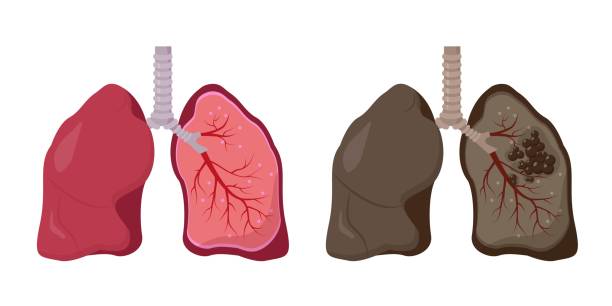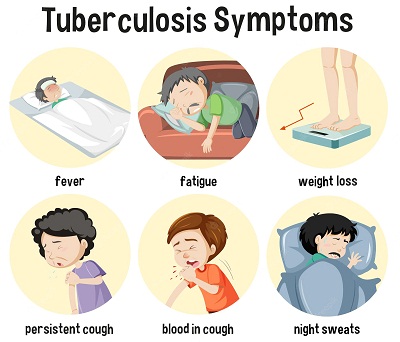Tuberculosis (TB) is an infectious disease that mostly affects the lungs, but can also affect body parts like the spine, brain or kidneys. Tuberculosis (TB) is caused by bacteria called Mycobacterium tuberculosis. The bacteria usually attack the lungs, but they can damage any other part of the body.
What is tuberculosis?

What are symptoms of tuberculosis?
Some people are infected with the TB bacteria but don’t experience symptoms. This condition is known as latent TB. TB can stay dormant for years before developing into active TB disease.
Active TB typically causes many symptoms that are most commonly related to the respiratory system. You may experience a cough that lasts for over three weeks and pain when coughing or with normal breathing. The symptoms include:
- Cough
- unexplained fatigue
- fever
- night sweats
- blood in sputum
- chest pain
- appetite loss
- weight loss
While TB usually affects the lungs, it can also affect other organs, such as the kidneys, spine, bone marrow, and brain. Symptoms will vary depending on which organ is infected. For example, tuberculosis of the kidneys can cause you to urinate blood.

How tuberculosis spreads?
Tuberculosis is caused by bacteria that spread from person to person through microscopic droplets released into the air. This can happen when someone with the untreated, active form of tuberculosis coughs, speaks, sneezes, spits, laughs or sings.
Although tuberculosis is contagious, it is not easy to catch. You are much more likely to get tuberculosis from someone you live with or work with you than from a stranger. Most people with active TB who have taken appropriate drug treatment for at least two weeks are no longer contagious.
People with well-functioning immune systems may not experience TB symptoms, even though they are infected with the bacteria. This is known as latent or inactive TB infection. According to WHO Trusted Source, about one-quarter of the world’s population has latent TB.

How tuberculosis is diagnosed?
Person with latent TB will have no symptoms, but the infection can show up on tests. People should ask for a TB test if they have spent time with a person who has TB. A doctor will ask about any symptoms and the person’s medical history. They will also perform a physical examination, which involves listening to the lungs and checking for swelling in the lymph nodes.
Sputum for AFB and CBNAAT tests are definite tests for diagnosis of TB. X Ray Chest is usually helpful.
How tuberculosis is treated?
With early detection and appropriate medicines, TB is treatable.
Treatment for active TB may involve taking several drugs for 6–9 months. When a person has a drug resistant strain of TB, the treatment will be more complex. Tuberculosis treatment is like removing a poisonous plant. Taking incomplete TB treatment for few weeks may improve symptoms and remove agony completely like cutting a poisonous plant removes the poison. But poisonous plant again grows from the roots and similarly TB germs also grows from dormant state. Full Treatment kills TB bacteria completely, like removing a poisonous plant from roots kill it.
It is essential to complete the full course of treatment, even if symptoms go away. If a person stops taking their medication early, some bacteria can survive and become resistant to antibiotics.
